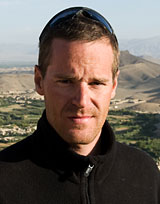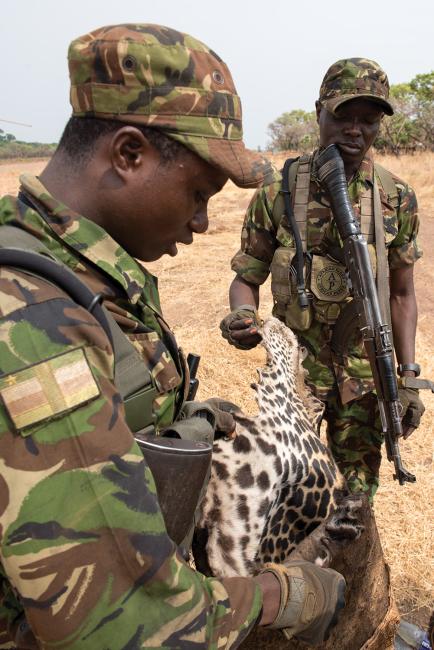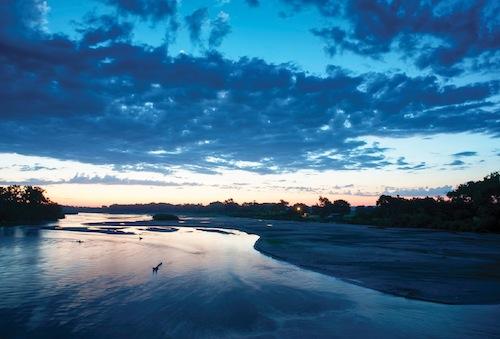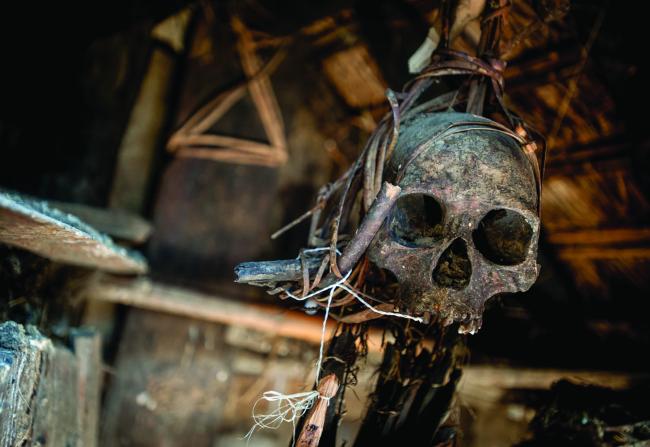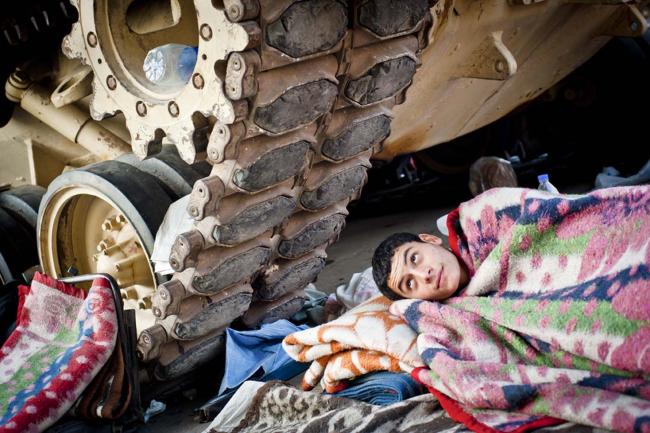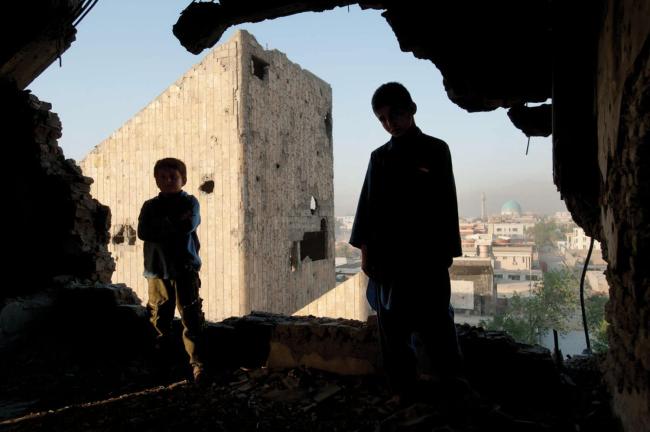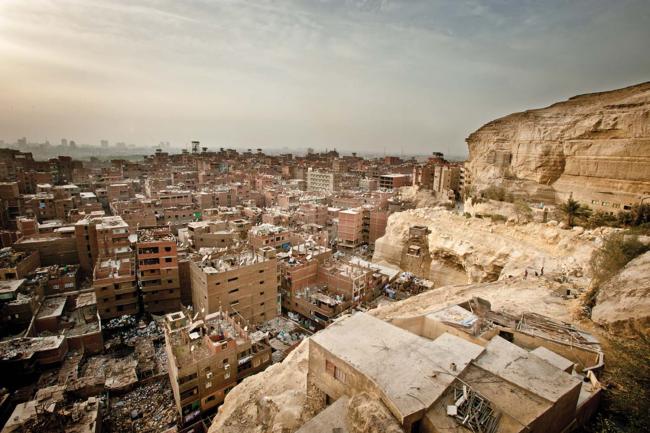
Elliott D. Woods
Biography
Elliott D. Woods is a contributing editor to VQR. His VQR-sponsored website Assignment Afghanistan received the 2011 Digital National Magazine Award for Multimedia Package. His essay “Digging Out,” from the Fall 2010 issue, was nominated for a 2011 National Magazine Award in Reporting. His essay “Hope’s Coffin,” from the Summer 2009 issue, received a citation for the Madeline Dane Ross Award from the Overseas Press Club. His other essays and photographs have appeared in Outside Magazine, Businessweek, Granta, Men’s Journal, and Mother Jones.
